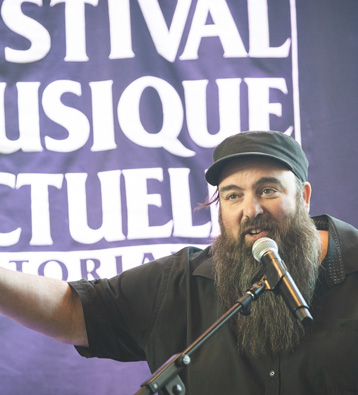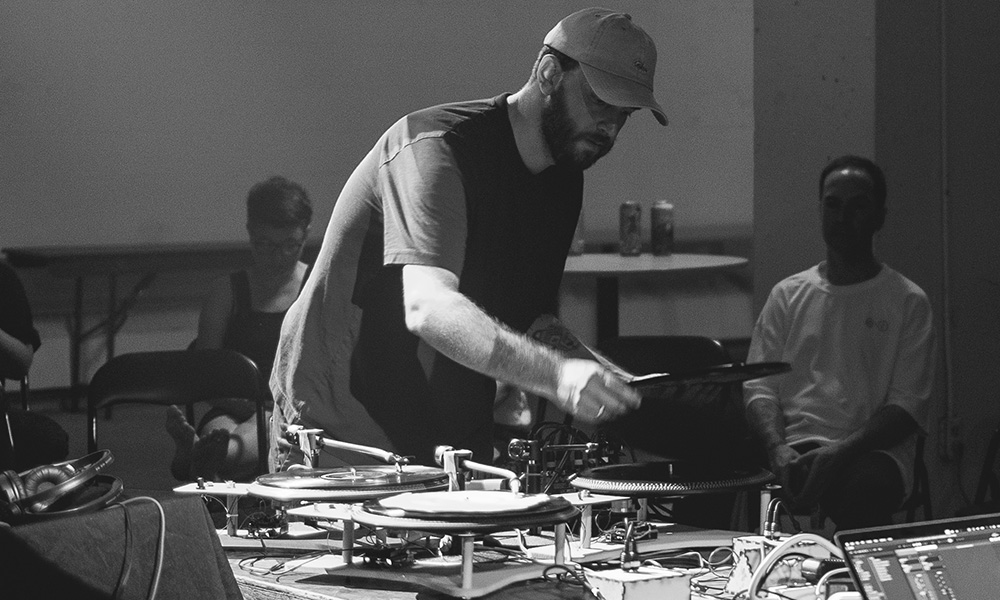
« Rip the needle »
GIUSEPPE MASIA
Belgium-Italy | World Premiere
– FREE ENTRY –
SENTIER DE LA VÉLOGARE
A collaboration :
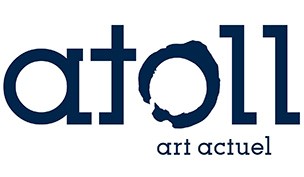
A sculptural sound installation consisting of three DIY turntable modules, specially designed to play glass records. These vinyl records are not mass-produced objects, but the fruit of a lengthy molding process using salvaged, altered and thermoformed records. Impressions of time engraved in a fragile yet durable material.
Each turntable is equipped with a hand-built tone arm designed to follow the irregular and sometimes unstable grooves of these hybrid records. The sound that emerges is raw, textured and sometimes unpredictable: you can hear the rubbing, rattling and fracturing, like the audible scars of the material. The installation does not seek to reproduce the music faithfully, but to activate the remnants, the sonic ghosts, the shards of memory that still haunt the surface.
The ensemble offers an expanded listening experience: you hear with your ears, but also with your eyes, with your body. Each disc rotates at its own speed, each loudspeaker broadcasting a distinct frequency range. Nothing is set. Everything floats, overlaps, reinvents itself in a loop. It’s in these instabilities that something is at play, an attention, a form of listening that we no longer take the time to have.
This work raises the question of what it means to listen in a world saturated with disposable sounds. It proposes a different temporality: slower, more fragile. It invites us to take the time to watch what usually remains invisible or inaudible. It’s a space for listening, but also for contemplation: a sound sculpture that is composed with each rotation.
About the Artist
Born in Sardinia and raised in Brussels, Giuseppe Masia lives and works in Montreal. He is currently enrolled in a Master’s program in visual and media arts at UQAM, where he is developing a practice at the crossroads of sound, sculpture and memory. His works often take the form of sound installations or performances using altered vinyl records and DIY record players, which he designs and builds himself.
His work explores the materiality of sound through recuperated, damaged and reconfigured objects. Vinyl records, which he molds from glass or cuts with a laser, become a terrain for experimentation, a support for imprints, a moving archive. He’s interested in what persists in worn-out objects: the scars, the silences, the residual noises. Not to repair them, but to make them speak differently.
His personal experience of illness has led him to think of precariousness differently, not as a weakness, but as a place for creation. This reflection runs through his work: in the fragile materials he uses, in the handmade devices, in the slow listening he proposes. It’s a counter-current, low-tech approach, but profoundly sensitive.
His influences range from Pierre Schaeffer to Martin Tétreault, Jonathan Sterne, Rosalind Krauss and Maria Chavez. But it is above all in direct experimentation, in contact with materials, that his work takes shape. For him, every cutting gesture, every catchy sound, every broken groove is already the beginning of a story.
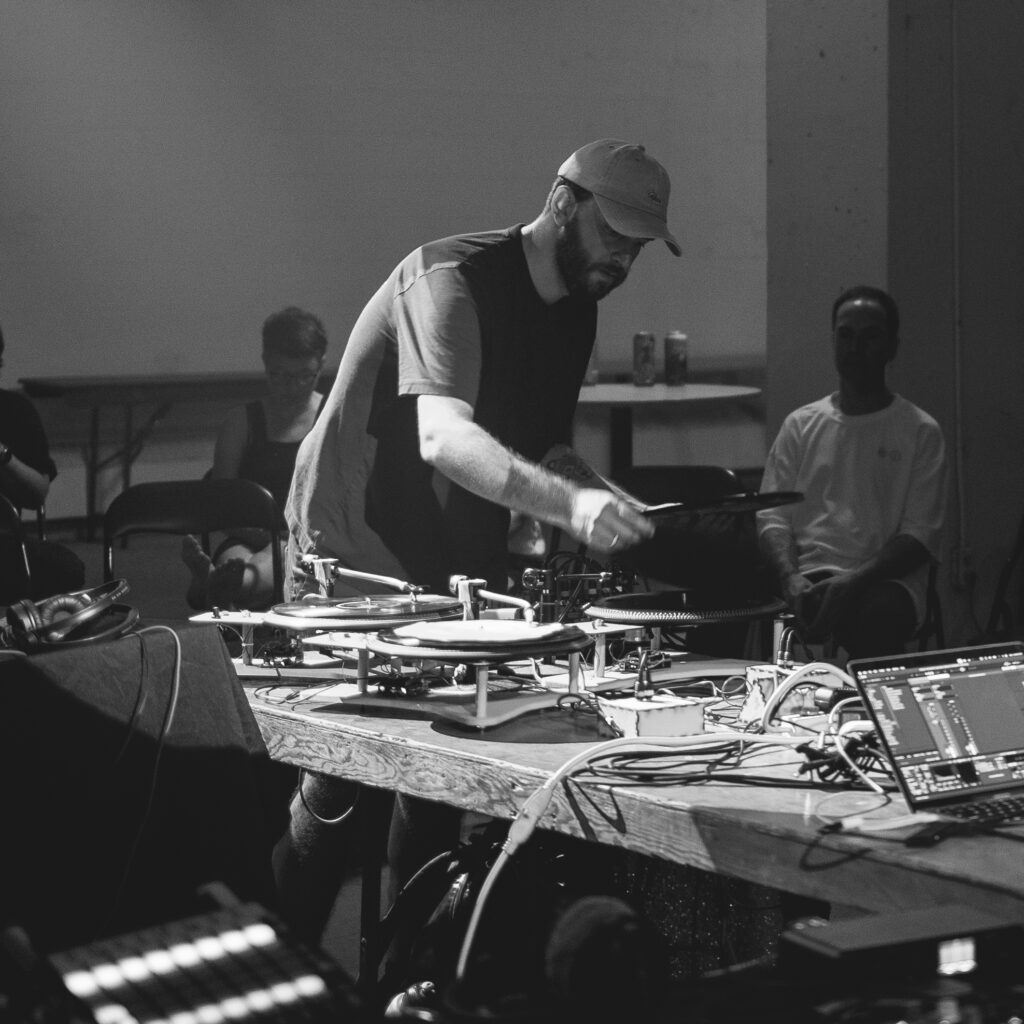
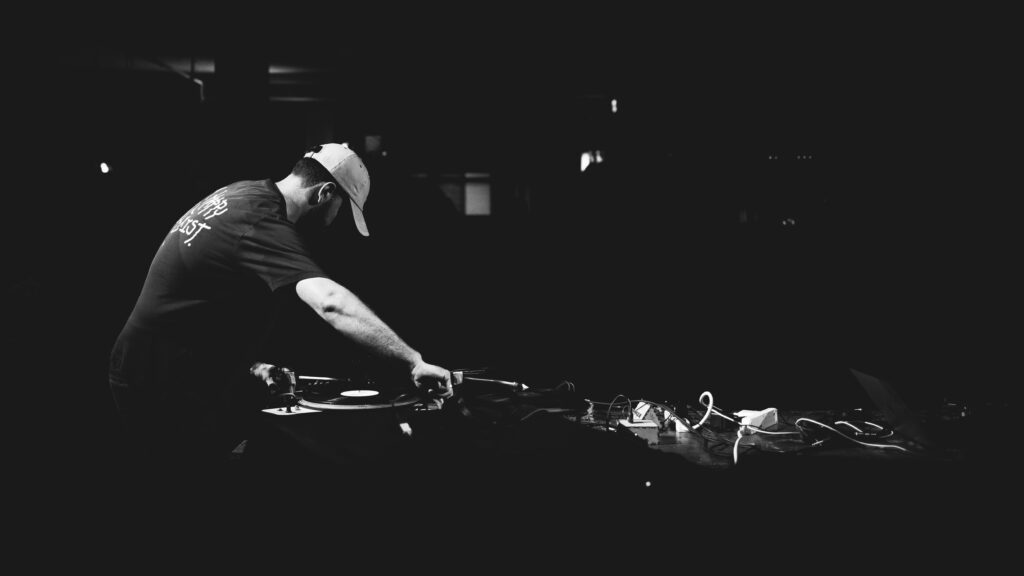
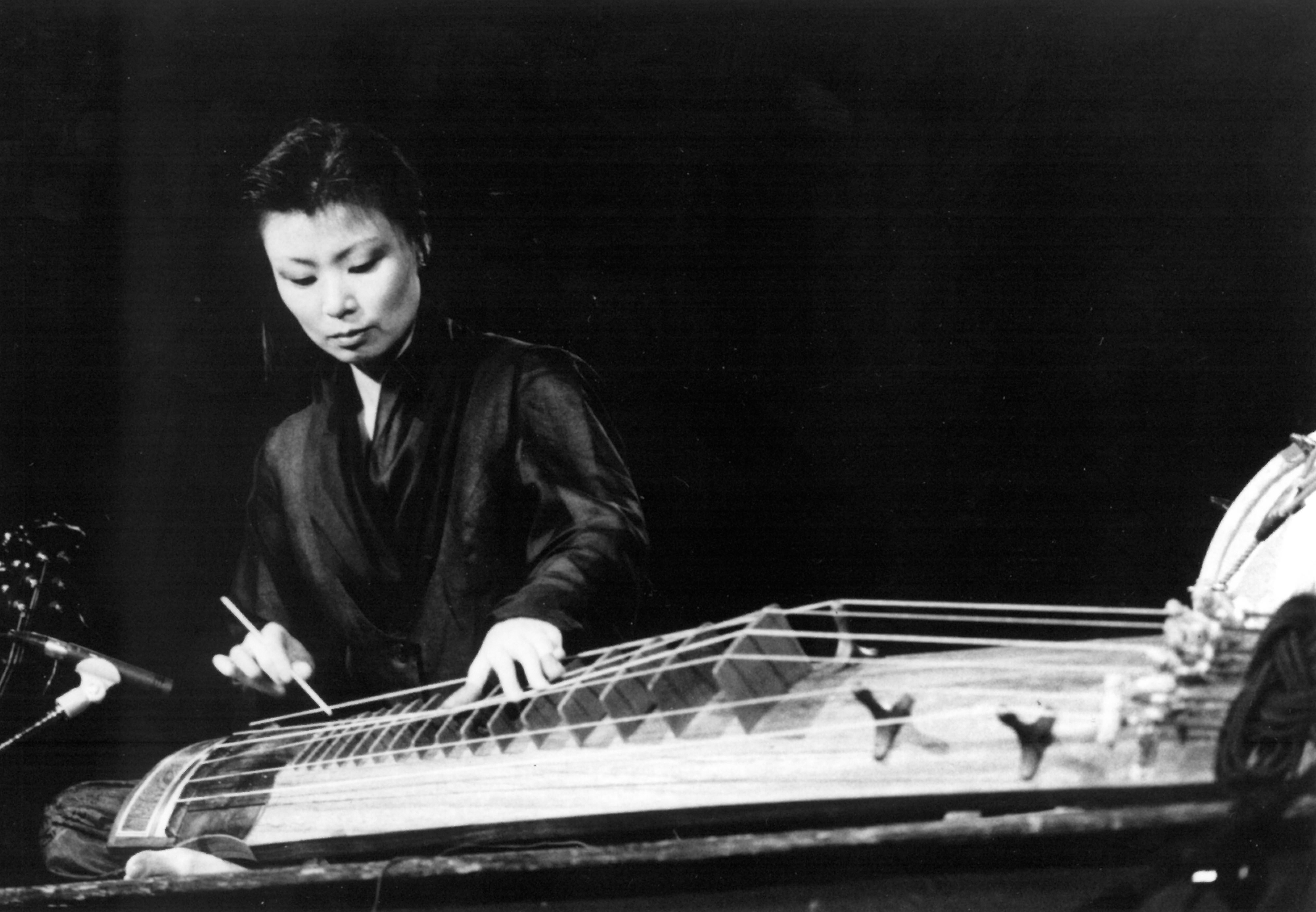
CONCERTS
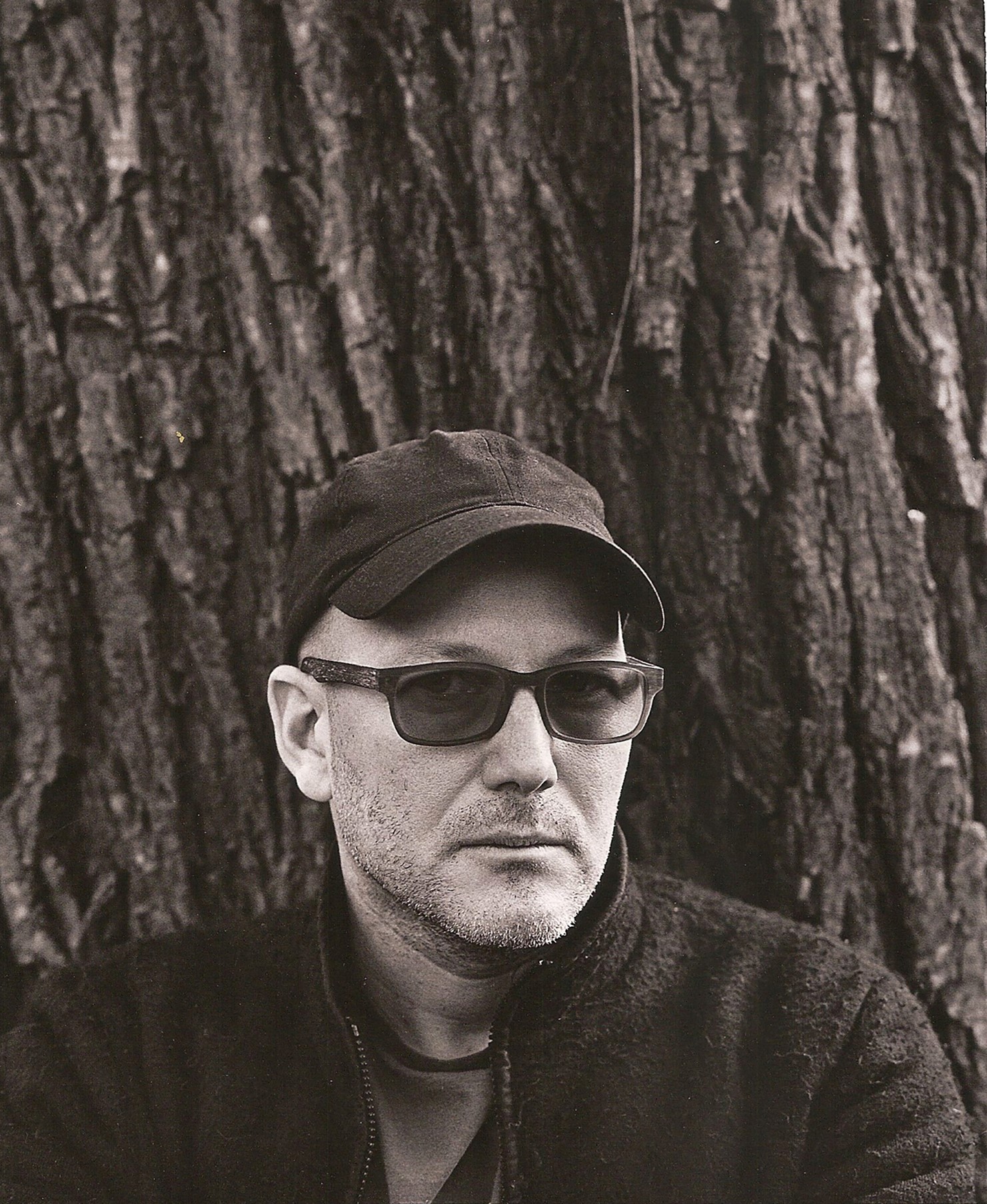
EXPERIMENTAL FILM
